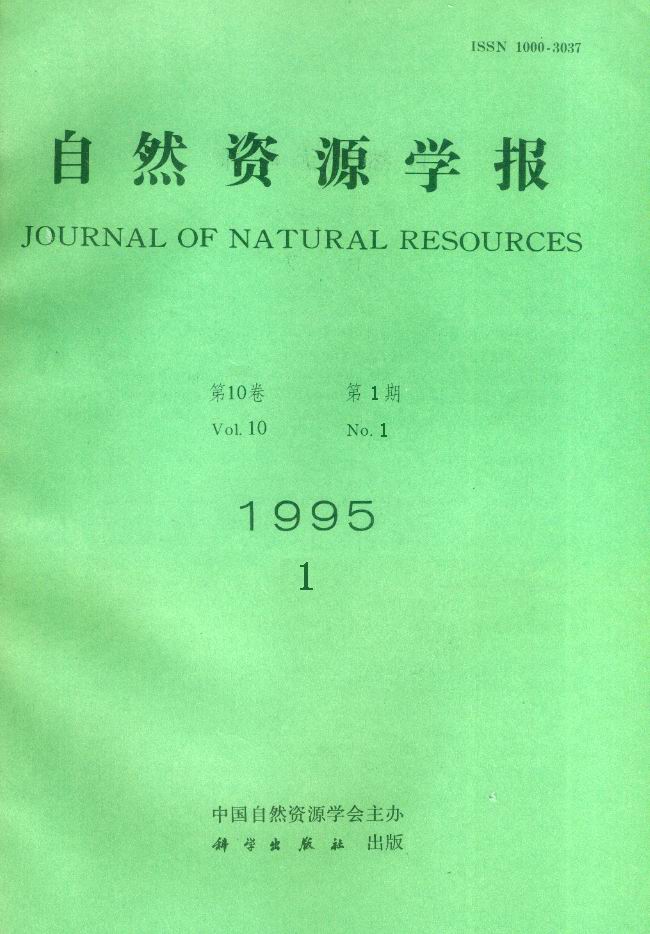Special Column:Celebration of the 70th Anniversary of IGSNRR, CAS
Huang Jing
anzhihua is lorated in the southwestern part of Sichuan province and is called generally "the recource treasure-gathering basin and natural green house"of China.Panzhihua is rich in mineral and agricultural resources. It stores 52. 2 percent of vanaium (V)and 75 percent of titanium(Ti) of China and also has a lot of gallium (Ga),scandium (Sc),lead (Pb),coppor (Cu), cobalt (Co), gold (Au), platinium (Pt), etc. The land there can produce many kinds of vegetables and subtropic fruits needed in the northem section of China in winter. The density of waterpower is 41 times the world average,and 4 large water power stations (they are Ertan, Tongzhilin,Guanyingyan and Banbianjie) can be built there. The abundant natural resources can support the development of a comprehensive raw material processing base.The social and economic conditions inside and outside Panzhihua are favourable to the exploitation of those resources. Many of Sichuan's finances and many of China's spoial resources and raw materials come from Panzhihua. Now Panzhihua is not only the head of the industrial zone of the Changjiang River but also one of the economic growth points of the southwestern part of China. So Sichuan province and China give Panzhihua great support in policies,finances and projects and help it to deveiop.To exploit and utilize Panzhihua's natural resources,China should build Panzhihua into an open and developing area of special resources, improve its interrelations with the rest of the country,ameliorate the conditions of production and livelihood and focus more power on devcloping the metallurgical,agricultural, energy, transportation,telecommunication industries and other facilities. Some projects to be built are listed in this paper.
